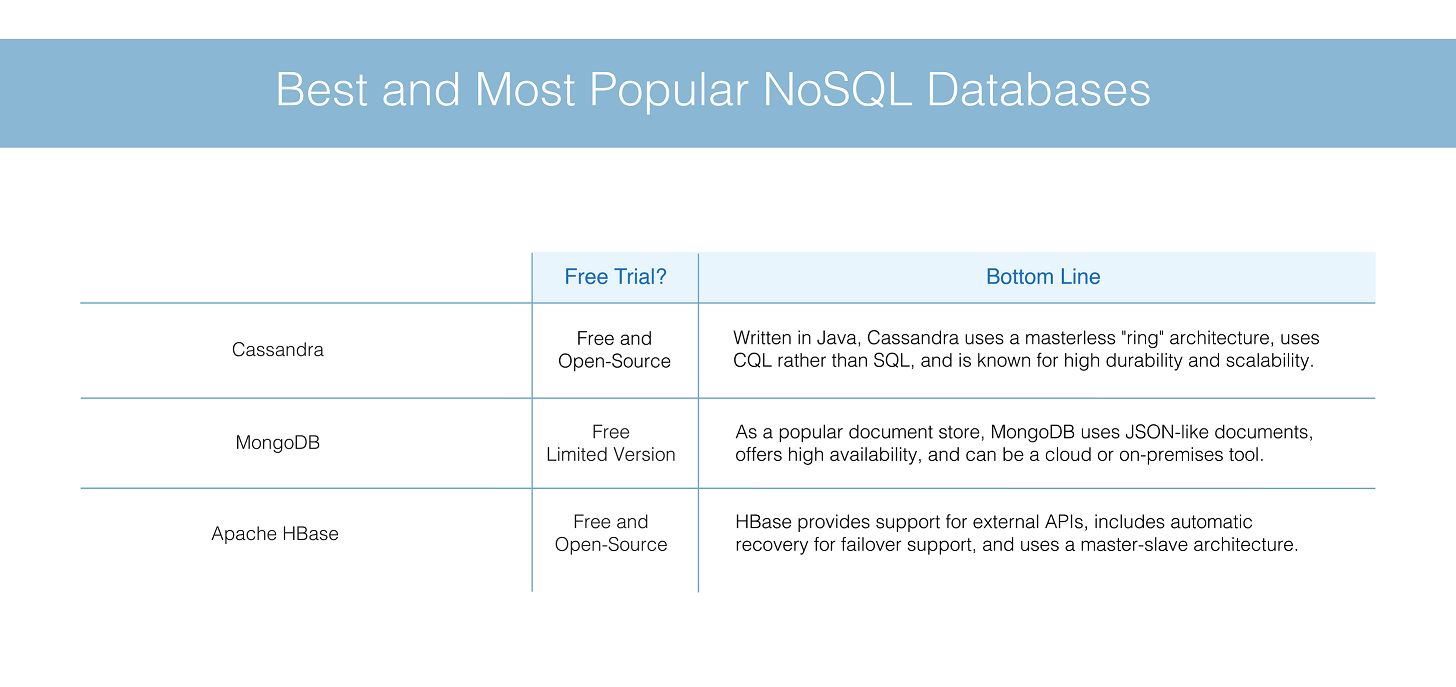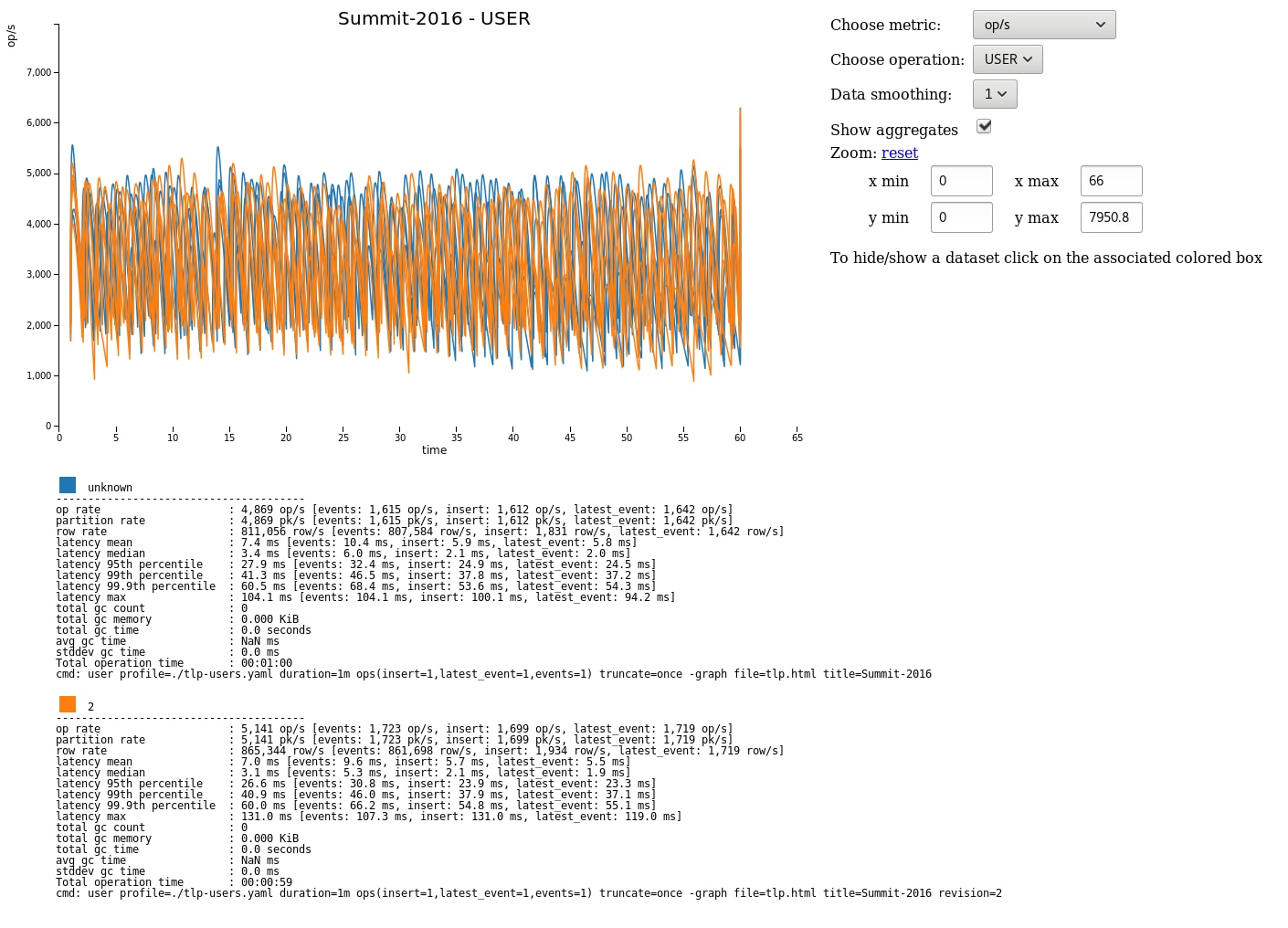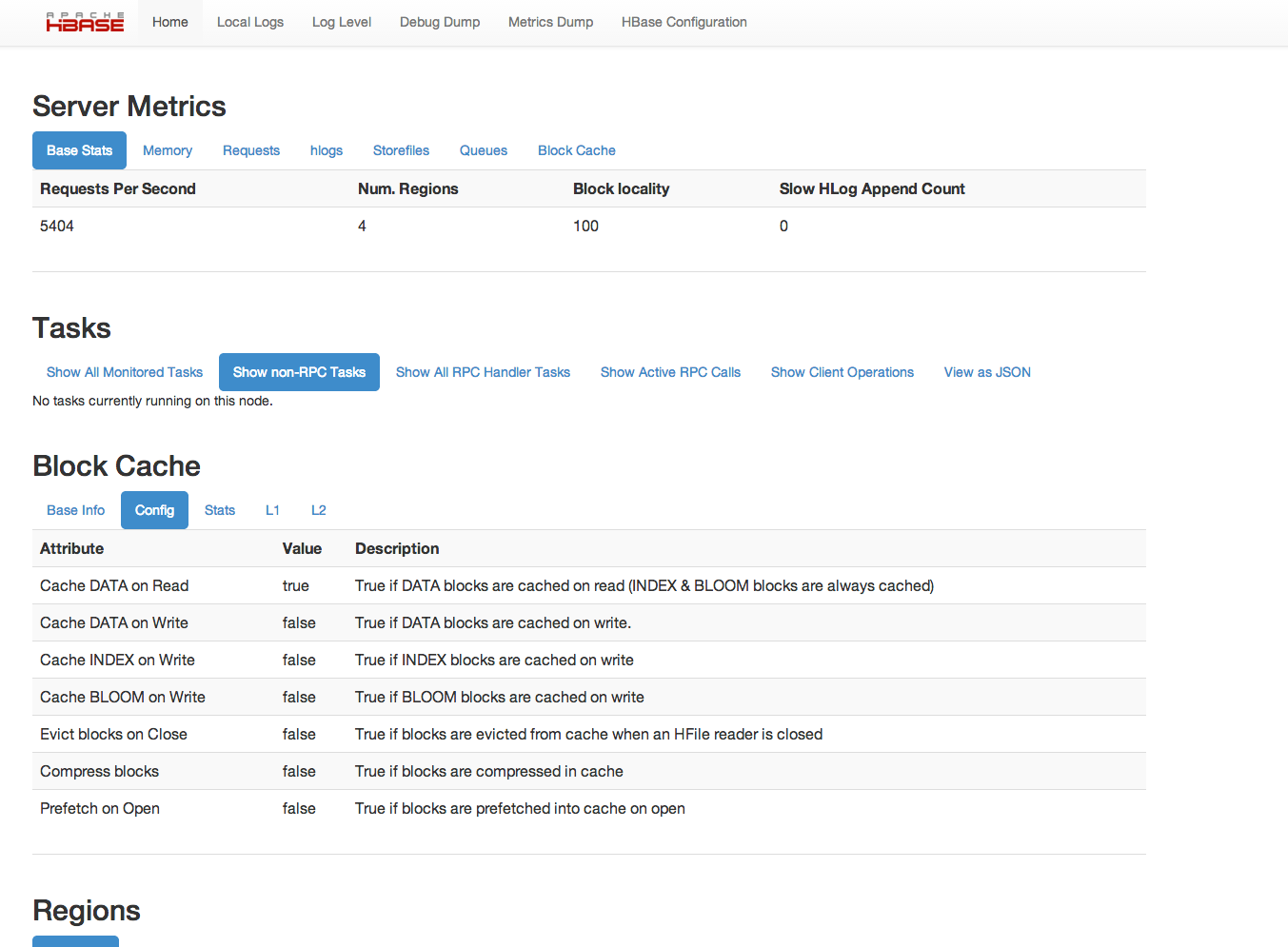While traditional databases store their data in tabular relations, NoSQL databases, also known as non-SQL databases, do not. NoSQL databases were originally designed for modern web-scale databases but are now in widespread use in big data and real-time web applications. Commonly used data structures include graph, key-value, wide column, and document stores.
Because NoSQL databases don’t adhere to a strict schema, they can manage large volumes of unstructured, partially structured, and structured data. This means developers can be more agile. For example, developers using NoSQL databases can push code changes more quickly than they would be able to with relational databases.
Cassandra, MongoDB, and Apache HBase are three of the most popular NoSQL databases currently available on the market. These are open-source NoSQL databases, which means they can be modified to suit specific business needs. This guide will serve as a NoSQL database comparison, helping you determine the best NoSQL databases for your business by comparing MongoDB vs. Cassandra, HBase vs. MongoDB, and Cassandra vs. HBase.
This NoSQL databases list discusses the main differences between these top NoSQL databases, the advantages and disadvantages of NoSQL, and where NoSQL databases are used. This article will also provide a recommendation for monitoring your NoSQL database, called SolarWinds® Database Performance Monitor (DPM), to help you ensure your database is performing as it should be.
- Where Are NoSQL Databases Used?
- Advantages of NoSQL Databases
- Disadvantages of NoSQL Databases
- The Importance of NoSQL Database Monitoring
- Choosing the Right NoSQL Database
Where Are NoSQL Databases Used?
As stated above, NoSQL is a non-relational Database Management System (DBMS) that doesn’t require a fixed schema. NoSQL databases avoid joins and are easy to scale. You’re likely to find NoSQL databases in use by distributed data stores with very large data storage needs. Companies like Facebook, Google, and Twitter use NoSQL for their big data and real-time web applications, collecting terabytes of user data every single day.
Advantages of NoSQL Databases
There are plenty of advantages associated with using NoSQL databases. This includes:
- Elastic scalability, because these databases are designed to be used with low-cost commodity hardware
- Support for big data applications, with NoSQL databases able to handle massive volumes of data
- Dynamic schemas, because NoSQL databases require no schemas to start working with data
- Compatibility with cheap commodity hardware clusters as transaction and data volumes increase, allowing you to process and store more data at a lower cost
- Support for auto-sharding, allowing NoSQL databases to natively and automatically spread data across an arbitrary number of servers, without needing the application to be aware of the server pool composition
Disadvantages of NoSQL Databases
Unfortunately, there are a few disadvantages of NoSQL databases you should know. Firstly, NoSQL databases don’t offer the same reliability functions associated with Relational Databases. They don’t, for example, support ACID. To support ACID, developers will need to implement their own code, making their systems more complex. This may reduce the number of safe applications committing transactions.

NoSQL isn’t compatible with SQL, meaning you’ll need a manual query language, which can make your system slower and more complex. Lastly, NoSQL databases are new when compared with relational databases, which means they’re less stable and usually offer fewer capabilities.
1. Cassandra

To kick off this open-source NoSQL database comparison, let’s first consider Cassandra. Cassandra is one of the most popular wide column store database systems on the market. Cassandra was initially developed for Facebook Inbox search functionality and has become a favorite among NoSQL databases, mostly for its enterprise-grade features. This increases high availability and scalability, allowing Cassandra to handle mass amounts of data and deliver almost real-time analysis. Cassandra is written in Java and offers both asynchronous and synchronous replication for every update. This NoSQL database offers high durability, making it great for applications needing to be always on.
If you were to compare MongoDB vs. Cassandra, you would find Cassandra uses a masterless “ring” architecture, while MongoDB does not. This means all nodes in a cluster are treated equally and most nodes can be used to achieve quorum. Like a traditional Relational Database, Cassandra stores data in columns and rows. However, Cassandra can provide additional agility by allowing rows to have different columns and enables users to change the format of columns.
Cassandra Query Language (CQL) closely resembles SQL, and it’s relatively easy for SQL users to learn. As such, in a Cassandra vs. HBase comparison, Cassandra can offer advanced repair processes for read, write, and entropy. This means its cluster is highly reliable and available.
This wouldn’t be a fair NoSQL database comparison if we didn’t address the disadvantages of each of these top NoSQL databases. One of the key disadvantages of Cassandra is, because the architecture is distributed, replicas may become inconsistent. This is because when a node goes down, its coordinator node will attempt to preserve data in the form of hints. When the failed node is brought online, the coordinator hands off the hints to assist with the repair process. This can create a burden for the coordinator node If a cluster node goes down, the coordinator node in a possible loss of data replicas and writes refusals.
While Cassandra manages well when the primary key is known, it may not cope if the key is unknown. This is because Cassandra must scan all the nodes in the cluster, leading to high read time penalties.
2. MongoDB

MongoDB is the most popular document store and is also among the top database management systems. MongoDB was initially created to address the agility and scalability problems associated with serving internet ads by DoubleClick. MongoDB enterprise version offers Kerberos, LDAP, auditing, and on-disk encryption features.
One of the major benefits of MongoDB is it’s a schema-less database, storing data as JSON-like documents. This means MongoDB provides agility and flexibility regarding the type of records it can store. It also allows for fields to vary between documents.
MongoDB is a great option if you’re looking for high availability, because it uses replica sets with data redundancy and automatic failover features. This ensures your application can continue serving, even if a node is down.
Unfortunately, unless you choose one of the DBaaS flavors, MongoDB management operations—such as patching—are manual and can be time-consuming. Moreover, MongoDB suffers from memory hot issues as the databases start scaling.
3. Apache HBase

HBase is an open-source wide column store distributed database built on top of HDFS and borrows several features from Google Bigtable. This includes in-memory operation, Bloom filters, and compression. HBase is built on Java and provides support for external APIs like Avro, Jython, REST, Thrift, and Scala. HBase offers a standalone version of its database, although it’s mainly used for development configuration and not in production scenarios.
Because HBase uses HDFS as the distributed file system, it can store large data sets, even billions of rows, and quickly provide analysis. HBase supports sparse data and can be hosted/distributed across commodity server hardware, ensuring this NoSQL database is cost-effective even when data is scaled to gigabytes and petabytes. This distribution contributes to one of HBase’s most notable advantages: its failover support includes automatic recovery.
Although HBase is similar to Cassandra in many ways, a major difference is it uses primary-replica architecture. This means it has a single point of failure, because failing from one HMaster to another can take time, which may result in a performance bottleneck. Because of this, Cassandra may be the better option for you if you’re looking for an always-available system.
Unlike Cassandra, HBase doesn’t have a query language. As a result, to achieve SQL-like capabilities, HBase requires users to adopt the JRuby-based HBase shell and technologies like Apache Hive. Unfortunately, employing these technologies may result in high latency.
The Importance of NoSQL Database Monitoring
Once you’ve chosen a NoSQL database, you need to consider implementing a database monitoring tool. SolarWinds DPM is a database performance monitoring and optimization tool for open-source and NoSQL databases. DPM features a SaaS platform with an easy-to-use web-based user interface, allowing you to gain access from anywhere. This tool delivers lightweight agents through multiple configurations and can monitor databases locally, in the cloud, or hybrid.
DPM is a highly advanced analysis tool, delivering real-time and historical data metrics, allowing you to pinpoint performance problems quickly and easily. With this NoSQL database monitoring and optimization solution, you have access to multiple ways of protecting sensitive data, allowing you to meet GDPR and SOC2 compliance requirements with minimal effort.
Choosing the Right NoSQL Database
Although MongoDB is one of the most popular NoSQL databases, wide column databases like Cassandra may be able to deliver better query performance. When choosing your NoSQL database, you should consider the availability of managed DBaaS services, where you can offload database maintenance and management to the provider. This allows the developer to focus on the application. In this area, HBase is lacking, while MongoDB offers very mature DBaaS offerings, like MongoDB Atlas. HBase is a good solution for write-heavy applications and massive amounts of records.
No matter which NoSQL database you choose or the approach to maintenance and management you decide to take, you should implement a database performance monitoring tool to help you track and optimize database performance. SolarWinds DPM is an enterprise-grade, scalable, and user-friendly option suitable for businesses of all sizes. A 14-day free trial is available.


